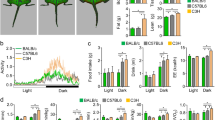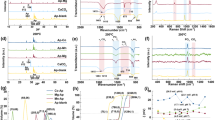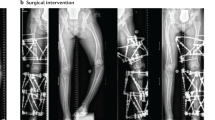Abstract
DEFECTS in nutrition which predispose to osteodystrophic conditions in the horse include a dietary deficiency of phosphorus1 or disturbance in the vitamin D – calcium – phosphorus relationship. With regard to the influence of trace minerals, Davis2 found that the presence of small amounts of molybdenum, ranging from 2 to 25 p.p.m. in young growing herbage, was associated with defective bone metabolism in herbivora, consequent on the effects of molybdenum on the utilization of both phosphorus and copper. More recently, Arrington and Davis3 in limited phosphorus metabolism studies with rabbits reported that molybdenum decreased phosphorus absorption while at the same time increasing the excretion of phosphorus.
This is a preview of subscription content, access via your institution
Access options
Subscribe to this journal
Receive 51 print issues and online access
$199.00 per year
only $3.90 per issue
Buy this article
- Purchase on SpringerLink
- Instant access to full article PDF
Prices may be subject to local taxes which are calculated during checkout
Similar content being viewed by others
References
Akerblom, E., Nord. Vet. Med., 5, 471 (1952).
Davis, G. K., “Copper Metabolism: a Symposium”, 216, McElroy, W. D., and Glass, B. (Oxford University Press, 1950).
Arrington, L. R., and Davis, G. K., J. Anim. Sci., 11, 756 (Proc.) (1952).
Walsh, T., Neenan, M., and O'Moore, L. B., Nature, 170, 149 (1952).
Author information
Authors and Affiliations
Rights and permissions
About this article
Cite this article
WALSH, T., O'MOORE, L. Excess of Molybdenum in Herbage as a Possible Contributory Factor in Equine Osteodystrophia. Nature 171, 1166 (1953). https://doi.org/10.1038/1711166a0
Issue date:
DOI: https://doi.org/10.1038/1711166a0



